Việt Nam / Ngày 4 tháng 3 năm 2018 / Tác giả: Theo Zing / Nguồn: Hải dương media
Theo TS Lê Viết Khuyến, quan chức gắn với giáo sư, dù có thanh minh thế nào cũng thể hiện ham muốn chức danh.
Vì sao quan chức, bộ trưởng không nên làm giáo sư?
Theo quan điểm của TS Lê Viết Khuyến, nguyên Phó vụ trưởng Vụ Giáo dục Đại học, Bộ GD&ĐT, quan chức nói chung, bộ trưởng nói riêng, không nên làm giáo sư và phó giáo sư. Chức danh này chỉ nên dành cho những người giảng dạy tại các cơ sở đại học.
Xu hướng trên thế giới không có chuyện quan chức, bộ trưởng là giáo sư, bởi công việc chính của họ làm hành chính, chính sách. “Khi quan chức gắn liền giáo sư, dù có thanh minh thế nào cũng thể hiện tính háo danh”, ông Khuyến nói.
Ông Khuyến cho rằng ở nước ta, trước đây có văn bản quy định Bộ trưởng GD&ĐT là chủ tịch Hội đồng Chức danh Giáo sư Nhà nước. Nhưng các quốc gia khác không quy định điều này.
Ngoài ra, theo Quyết định số 20 của Thủ tướng năm 2012 về sửa đổi, bổ sung một số điều của Quyết định 174 năm 2008, tiêu chuẩn chung của chức danh giáo sư, phó giáo sư đối với những người đang làm việc ở các cơ quan, tổ chức không phải là cơ sở giáo dục ĐH, có tham gia giảng dạy từ trình độ ĐH trở lên tại cơ sở giáo dục ĐH của Việt Nam, phải có công trình khoa học, công nghệ đặc biệt xuất sắc đã được công bố và đánh giá cao; được tặng giải thưởng lớn trong nước hoặc ở nước ngoài.
“Nhiều người quản lý thường đứng đầu các công trình đề tài lớn nhưng nói thật người làm lại là nhân viên của họ. Chính quy định của chúng ta đang tạo nên tiêu cực. Ngày xưa, bộ trưởng tương đương thượng thư chứ đâu có chức danh học vị gì”, TS Lê Viết Khuyên nêu quan điểm.
GS.TSKH Phạm Tất Dong, Phó chủ tịch Hội Khuyến học Việt Nam, bày tỏ ông nhận chức danh giáo sư vì làm nghiên cứu khoa học trong nhiều năm và hiện vẫn hướng dẫn nghiên cứu sinh và thạc sĩ. Đến khi không đủ sức tham gia đào tạo, nghiên cứu, ông sẽ trả lại chức danh đó.
GS Phạm Tất Dong cho rằng giáo sư là những người thực hiện nhiệm vụ đào tạo cho đất nước, là nhà giáo có trình độ cao nhất thuộc lĩnh vực nào đó. Họ mẫu mực, có lương tâm và đạo đức với nghề.
Một trong số những quyền cao quý không gì sánh bằng của giáo sư là được đào tạo tiến sĩ. Thêm nữa, họ được phụ trách học thuật để có thể đứng ngang hàng so với thế giới, nhiều giáo sư đứng đầu các trường phái khoa học.
Nhìn chung, giáo sư chỉ làm công tác quản lý, không làm đúng nghề giảng dạy, đào tạo, sẽ rất lãng phí và vô nghĩa.
“Trường hợp Bộ trưởng Y tế Nguyễn Thị Kim Tiến cũng không nhất thiết phải có chức danh giáo sư, khi bộ trưởng làm công tác quản lý, không giảng dạy. Người làm công tác khoa học nhưng gắn với nghiên cứu mà không phải đào tạo thì có thể phong là viện sĩ.
Bộ trưởng GD&ĐT Phùng Xuân Nhạ, mặc dù là chủ tịch Hội đồng Chức danh Giáo sư Nhà nước, cũng không nhất thiết phải là giáo sư, vì bộ trưởng làm công tác quản lý, thay mặt Nhà nước để phong chức danh. Điều này tách bạch với việc bộ trưởng có trình độ giáo sư hay không? Một số quốc gia khác, người không làm bác sĩ vẫn là Bộ trưởng Y tế”, GS Phạm Tất Dong nói.
GS Dong đề xuất bổ nhiệm chức danh giáo sư phải gắn liền nơi đào tạo, vùng miền cần họ để đạt hiệu quả cao nhất cho việc cống hiến. Giáo sư nên được kiểm định 5 năm một lần. Nếu không còn đào tạo hay giảng dạy, giáo sư nên dành lại chức danh cho người khác.
Tiêu cực trong bổ nhiệm giáo sư, phó giáo sư
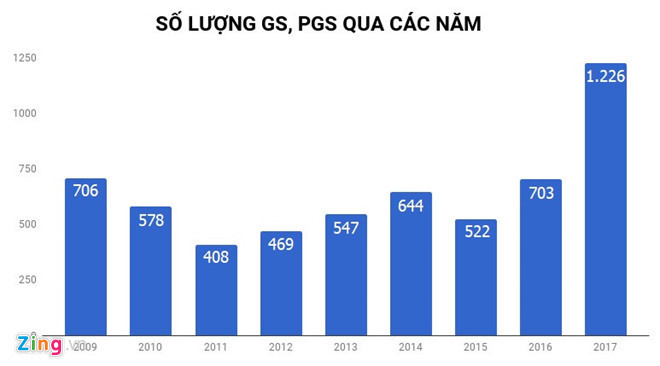
Số lượng giáo sư, phó giáo sư được công nhận năm 2017 tăng đột biến được cho là «chuyến tàu vét» trước khi quy định 174 hết hiệu lực
Ông Khuyến cũng không tin tưởng vào việc Hội đồng Chức danh Giáo sư Nhà nước rà soát tìm ra tiêu cực.
“Người bảo nghiêm túc, người nói không, điều này khó lòng phân xử được. Chỉ đến khi nào việc công nhận giáo sư, phó giáo sư được nêu trong Luật Giáo dục Đại học, đồng thời xóa bỏ chức danh giáo sư, phó giáo sư cấp Nhà nước, giao về cho các trường, Bộ GD&ĐT kiểm soát, mới có thể bỏ tiêu cực”, ông Khuyến nói.
Nguyên nhân để xảy ra tiêu cực trong việc xét duyệt giáo sư là do chức danh này có một số quyền lợi. Phó giáo sư được kéo dài thêm biên chế 5-7 năm. Hiện cũng có quy định giáo sư chắc chắn là giảng viên cao cấp, trong khi trước kia giáo sư chưa chắc là giảng viên cao cấp. Lương của giáo sư tăng nhanh trong khi nhiều người giỏi mà không có chức danh thì vẫn có thang bảng lương bình thường.
Trong khi đó, GS.TSKH Phạm Tất Dong nói rằng bổ nhiệm giáo sư, phó giáo sư có thể tiêu cực. Điều này đòi hỏi các hội đồng phải công tâm và có trình độ.
“Có lần tôi góp ý tại sao hội đồng phong giáo sư lại có phó giáo sư? Bởi thành viên hội đồng xét công trình, bài báo khoa học thì bắt buộc phải có trình độ hơn ứng viên? Thứ hai là tồn tại việc bỏ phiếu ở hội đồng liên ngành công nhận giáo sư không ghi tên, không minh bạch. Những người làm khoa học thực sự chân chính phải dám ghi tên và chịu trách nhiệm với Nhà nước. Để công tâm, khi phong giáo sư, tất cả hội đồng phải ký và có tên tuổi đàng hoàng”, GS Phạm Tất Dong nói.
Ông cũng thông tin cách đây hơn 7 năm, khi nhiều năm làm việc trong hội đồng công nhận giáo sư, ông chỉ nhận được 500.000 tiền thẩm định cho mỗi ứng viên.
“Số tiền người thẩm định hiện nay nhận được khoảng 1-2 triệu đồng, trong khi họ phải làm rất nhiều việc, đọc nhiều bài báo, công trình nghiên cứu khoa học. Có những ứng viên gửi rất nhiều tài liệu, thậm chí 60 quyển sách», GS Dong thông tin.
Nếu không đầu tư chi phí cho người thẩm định cao hơn, làm sao họ hăng hái, công tâm và tận tụy được? Thậm chí, vì chi phí thấp, họ có thể nhận tiền «đút lót» của ứng viên.
«Tôi lấy ví dụ khi ứng viên biết người thẩm định chỉ được 2 triệu đồng, họ biếu luôn 10 triệu thì kết quả thẩm định có thể sẽ khác, nếu người thẩm định không công bằng và có lương tâm», GS Dong chia sẻ.
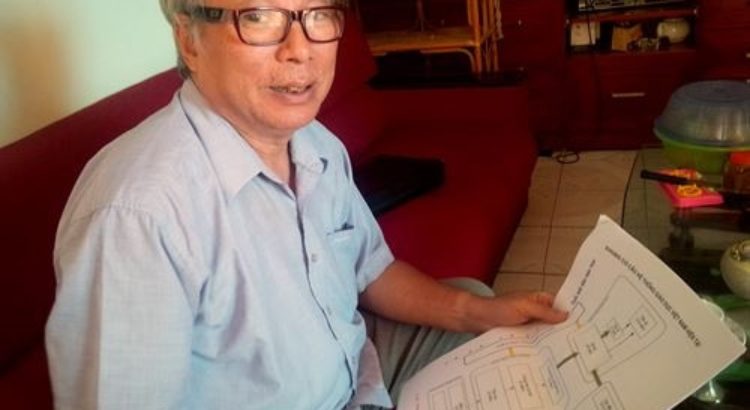
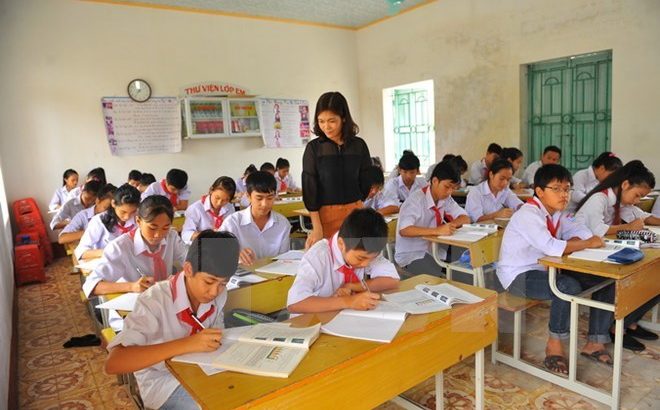
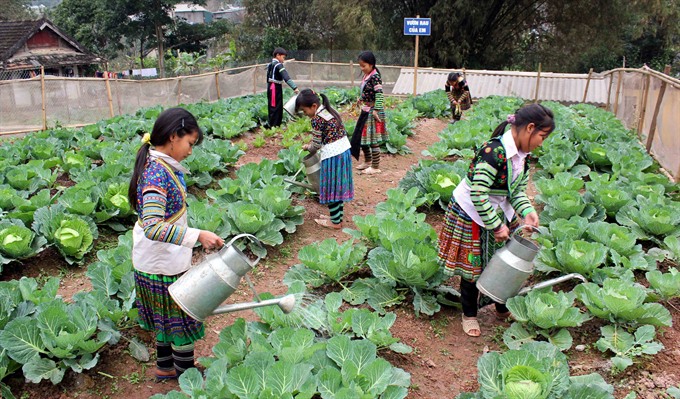
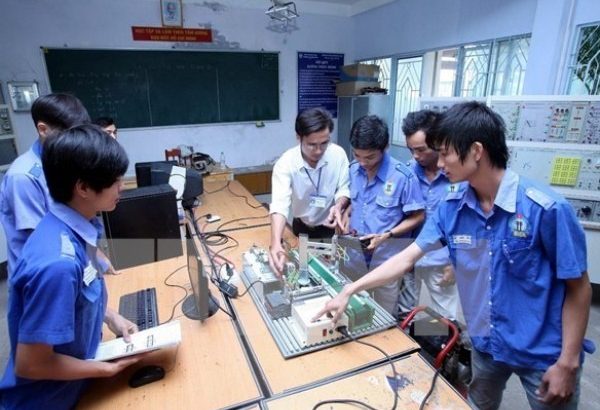
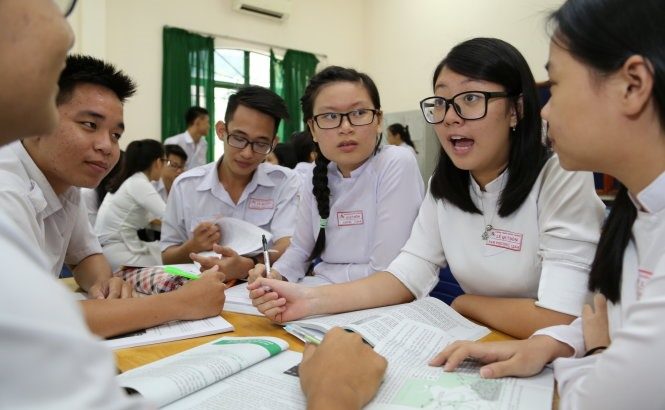
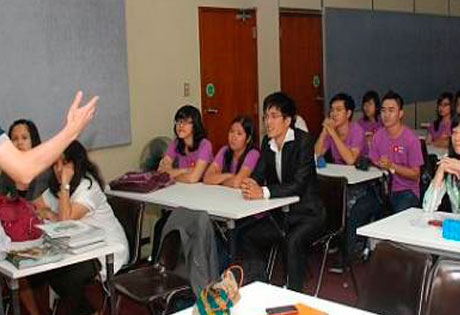






 Users Today : 279
Users Today : 279 Total Users : 35459874
Total Users : 35459874 Views Today : 453
Views Today : 453 Total views : 3418425
Total views : 3418425